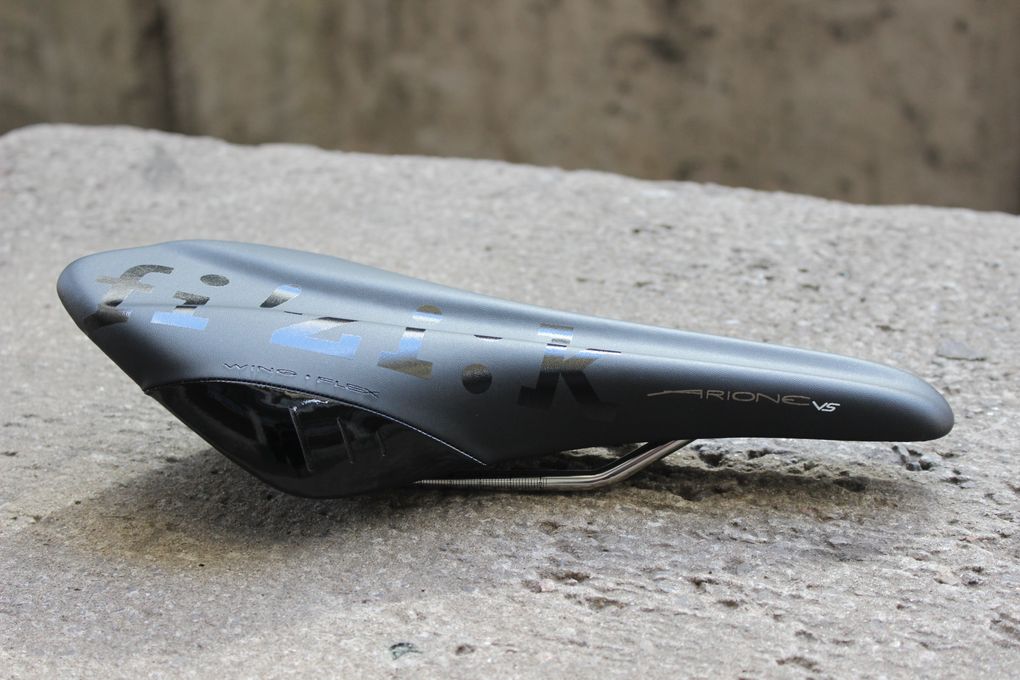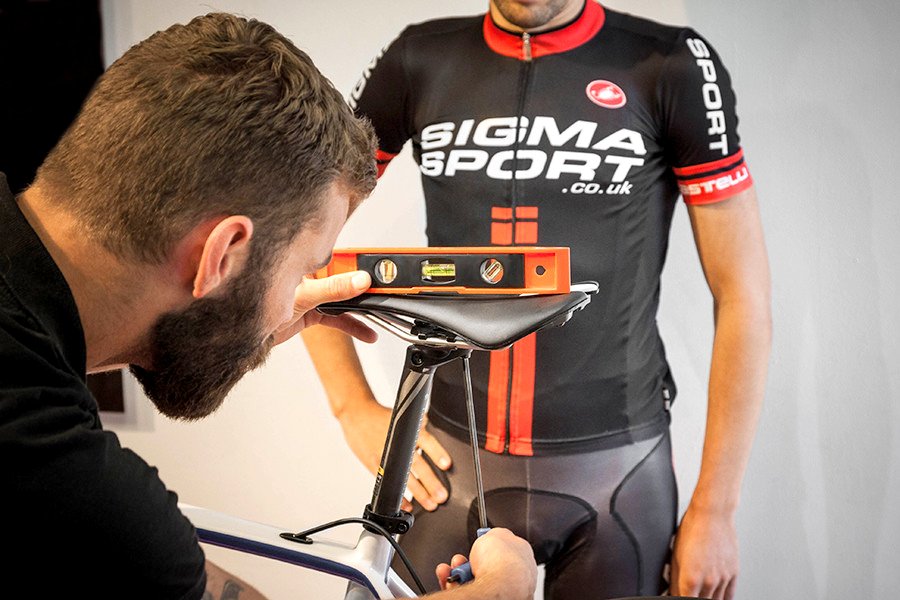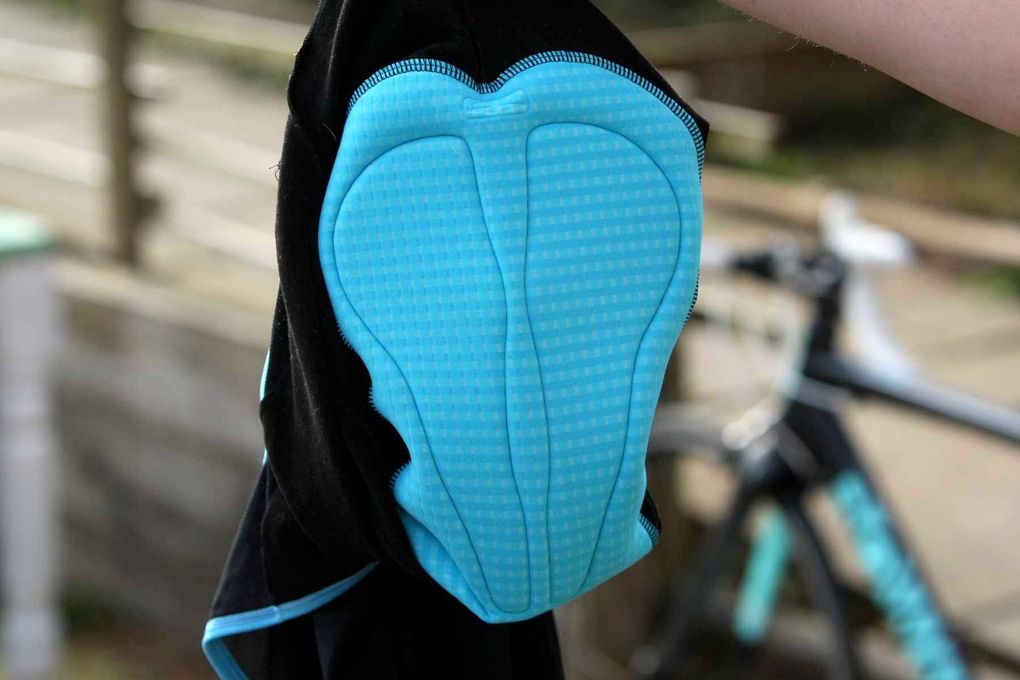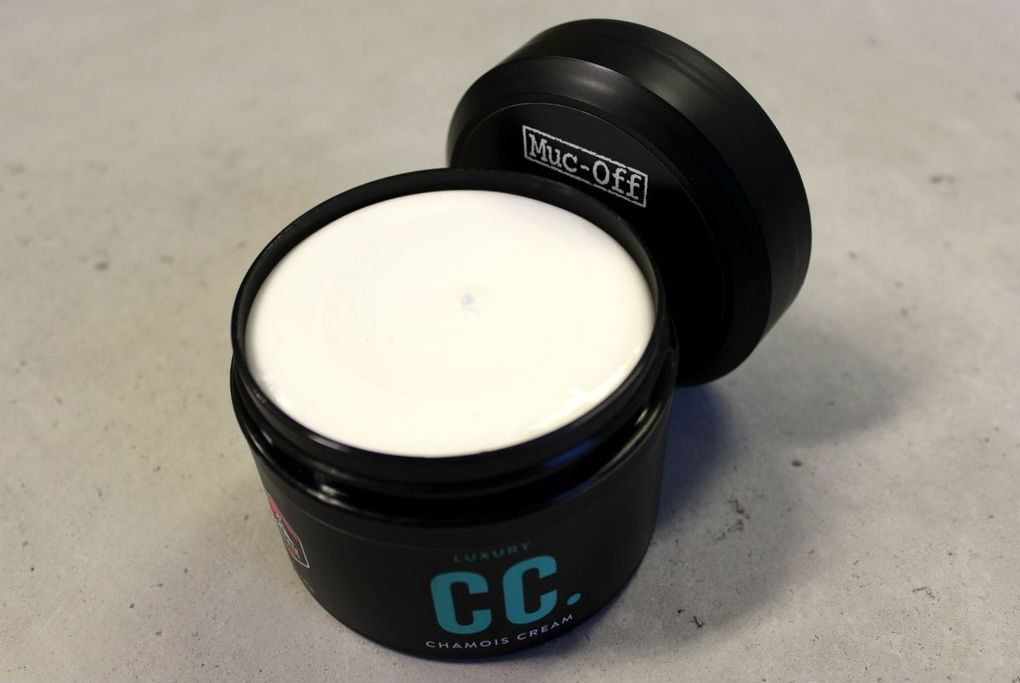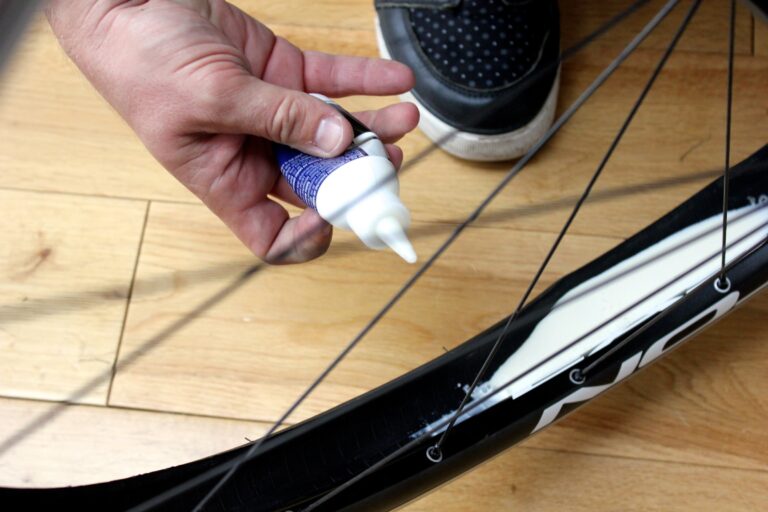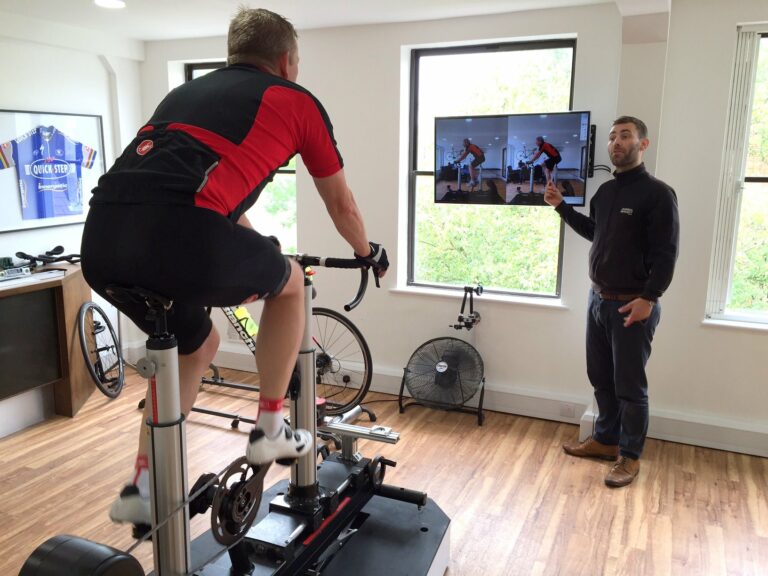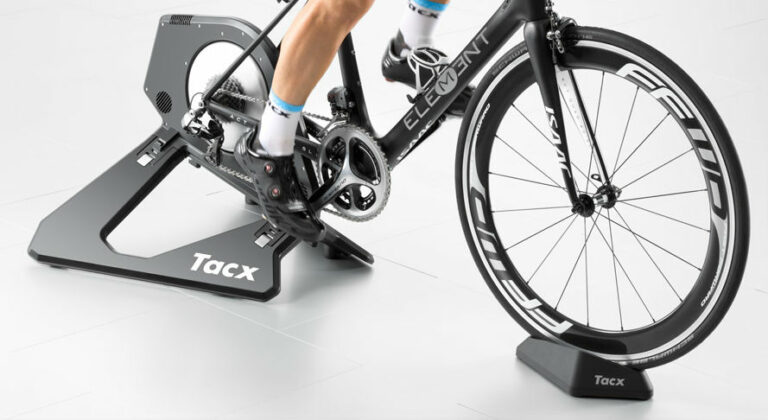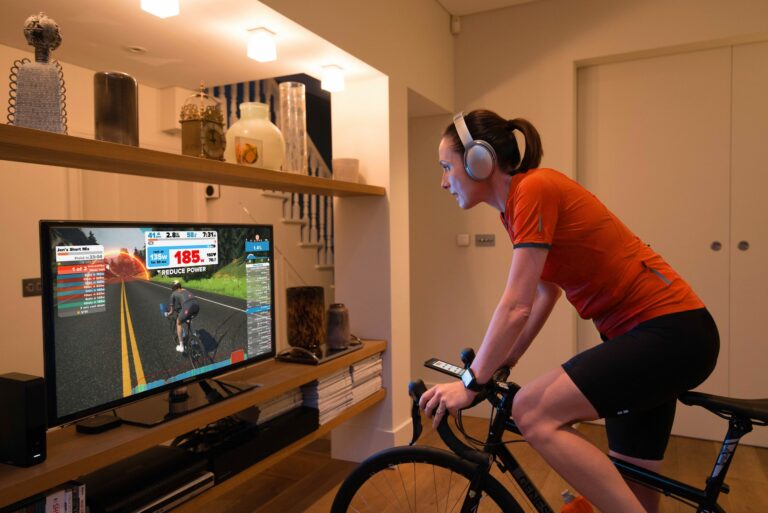Wrong saddle
Saddles are a very individual choice and so what works for one person won’t work for someone else. This is because everyone’s sit bones and wider physiology is very different, exerting different pressure on your underside, and so saddles vary significantly when it comes to shape, padding, design and profile. Some people have an aversion to a particular philosophy of saddle design, or indeed complete brands themselves, who often follow certain trends and styles. Some people find they can get on with almost any saddle.
Unfortunately, finding out what works for you can be down to trial and error. Try heading to a local bike shop and ask if they have a range of test saddles you can try. For example, in the case of Fizik, they may supply test versions of their Arione, Antares and Aliante road saddles, which you can fit to your bike and ride on before taking the plunge and getting your wallet out.
– Buyer’s guide: how to find the right saddle for you –
Your position on the bike is also intrinsically linked to your ideal saddle. An aggressive, aero-style position places you further forward on the saddle, potentially increasing pressure on the perineum, while a more upright position synonymous with a sportive or endurance rider may alleviate this.
By the same token, the type of saddle will also naturally support one position or another. So if, for example, you use a Fizik Arione saddle, which is designed for a particularly racy position, but sit atop it using a more endurance-style position, the saddle isn’t going to be able to do it’s job in supporting you they way it’s designed to.
